
Jutul
Eksperimentelt Julia-rammeverk for fullstendig differensierbare multifysikk-simulatorer basert på implisitte finit-volum-metoder med automatisk differensiering.

Strømning i porøse medier handler om å forstå hvordan væsker beveger seg gjennom materialer som jord og bergarter. Ved hjelp av matematiske modeller kan vi beskrive hvordan egenskaper som porøsitet, permeabilitet og trykk påvirker flyten. Kunnskapen brukes til alt fra å forutsi grunnvannsbevegelse og utvikle geoenergiløsninger til å forbedre filtreringsprosesser i industrien.
Forskningen vår er særlig rettet mot å utvikle simuleringsverktøy som kan gi mer effektiv utvinning av hydrokarboner og trygg lagring av CO₂. For å drive fram nytenkning har vi i mange år satset på å gjøre resultatene våre tilgjengelige som åpen kildekode:
Gjennom årene har vi jobbet med mange ulike problemstillinger og metoder. På MRST-nettstedet finner du eksempler, som multiskalametoder og nye tilnærminger som flow-diagnostikk. Du kan også se en forelesning som gir en oversikt over MRSTs historie og muligheter (90 min versjon, 30 min versjon).
På GeoScale-nettstedet kan du lese mer om gruppens tidlige aktiviteter.
| Bøker om MRST og reservoarsimulering | ||
|---|---|---|

|
K.-A. Lie. An Introduction to Reservoir Simulation Using MATLAB/GNU Octave, Cambridge University Press, 2019, ISBN 9781108492430. DOI: 10.1017/9781108591416 | |

|
Advanced Modelling with the MATLAB Reservoir Simulation Toolbox. Edited by K.-A. Lie and O. Møyner. Cambridge University Press, September 2021, ISBN 9781009019781. DOI: 10.1007/s10596-011-9244-4 | |

Eksperimentelt Julia-rammeverk for fullstendig differensierbare multifysikk-simulatorer basert på implisitte finit-volum-metoder med automatisk differensiering.
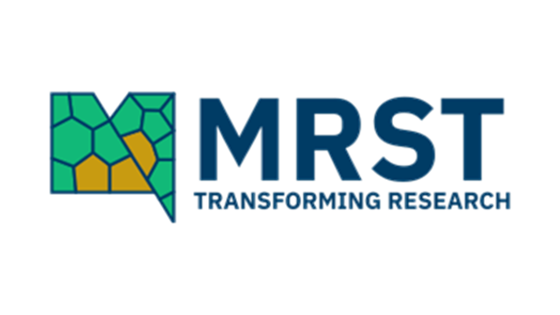
Gratis åpen kildekode for rask prototyping av nye metoder for modellering og simulering av strømning i porøse medier. Har brukere over hele verden.

Open Porous Media (OPM) initativet tilbyr åpen kildekode-programvare for simulering, oppskalering og visualisering av prosesser i porøse medier, og spesielt rettet mot reservoarer.
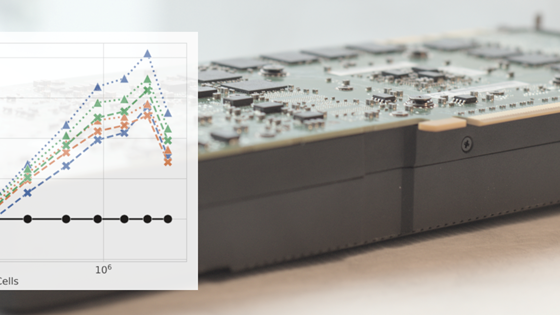
Målet med dette prosjektet er å forbedre ytelsen til OPM Flow reservoarsimulatoren ved å utnytte GPU-akselerasjon.
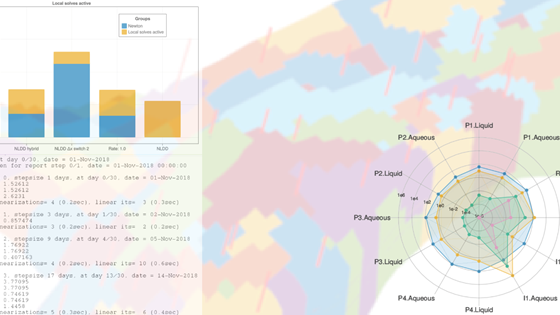
Reservoir simulation, an essential tool in the oil and gas industry for predicting reservoir behavior, often incurs significant computational expenses. This arises from the intricate nature of subsurface flow dynamics and the need for high-fidelity...
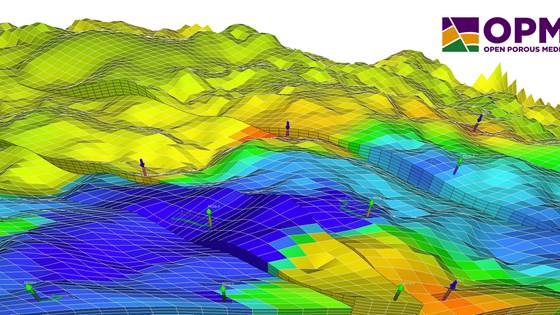
In this project, a consortium consisting of SINTEF, NORCE and OPM-OP provide support and maintenance services for the OPM Flow reservoir simulator software.
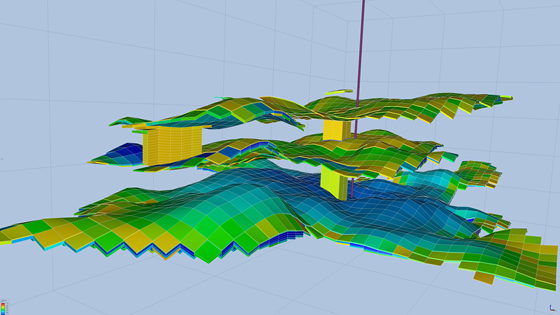
ACROSS aims to combine traditional High-Performance Computing (HPC) techniques and workflows with Artificial Intelligence (AI) and Big Data analytic techniques to enhance productivity and efficiency.
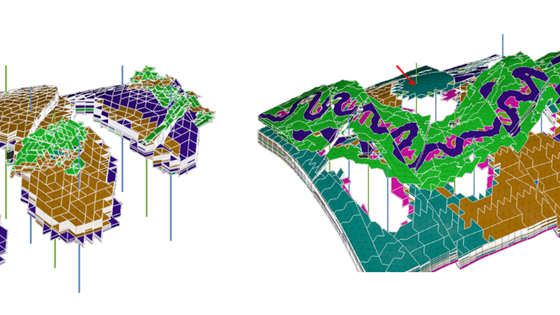
To optimize hydrocarbon reservoir recovery, understanding and predicting flow and transport processes is crucial. Geo-cellular models, representing complex rock formations, often contain millions of cells, requiring hours for simulation. To expedite...
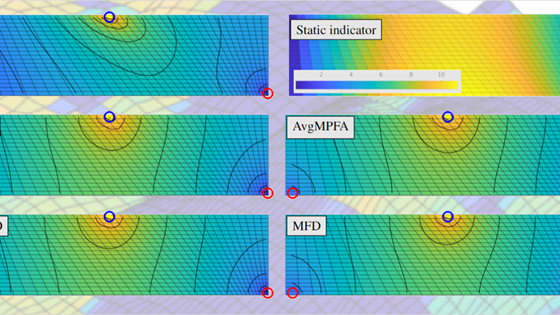
The purpose of the project is to assist the client in the development of an industrial solution for multiphase and coupled flow-geomechanical simulations on unstructured grids representing structurally complex reservoirs.

Multiscale methods, such as MsRSB initially proposed by SINTEF, have emerged to enhance runtime efficiency and pressure solve scaling in reservoir simulators using sequential splitting. Starting from the methods successfully implemented in the...
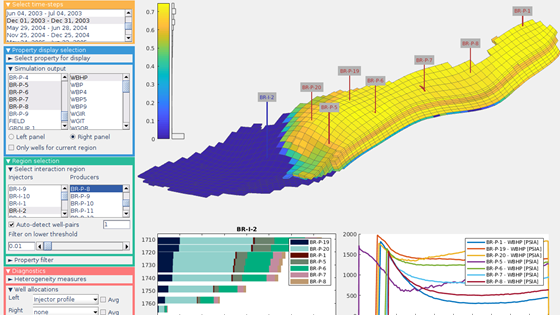
The primary objective for the project is to contribute to increased recovery from the NorwegianContinental Shelf by developing new flow-diagnostic methods that reduce the turnaround time to design andoptimize waterflooding and water-based EOR schemes
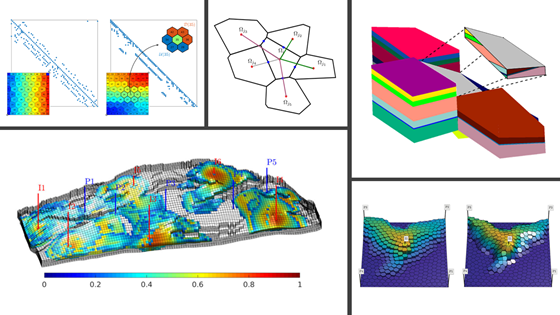
We study and develop numerical tools that can be used to improve the resolution of EOR simulations and, in particular, capture accurately the impacts of the injected chemicals on the recovery process.
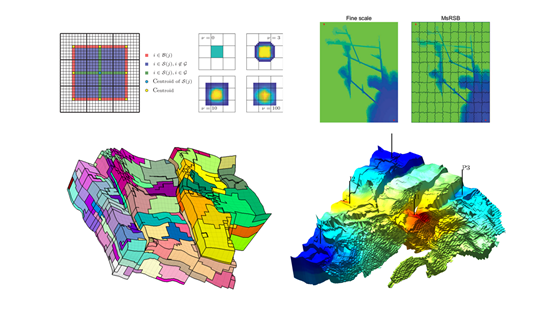
This project strives to broaden the scope of multiscale technology by delivering substantial acceleration to conventional reservoir engineering workflows. By doing so, it not only facilitates a considerable speedup in traditional processes but also...
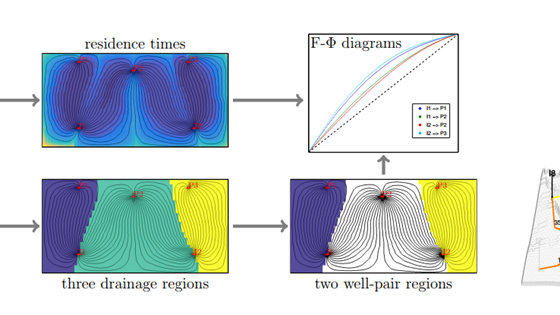
Modern reservoir simulators provide detailed forecasts of hydrocarbon recovery based on a description of the reservoir, the fluid dynamics, well controls, and couplings to surface facilities. In model-building workflows it is often desirable to...
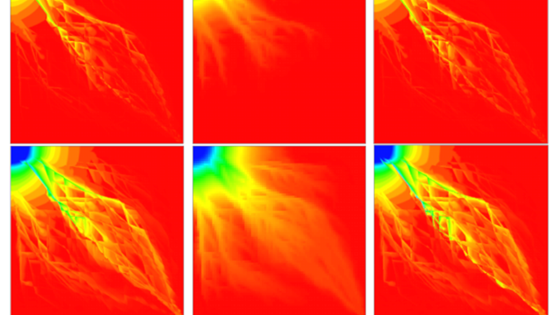
The purpose of the project is to develop a prototype multiscale mixed finite-element pressure solver in the ECLIPSE FrontSim streamline reservoir simulation software. FrontSim is a three-phase, 3D simulator that models multiphase flow of fluids along...
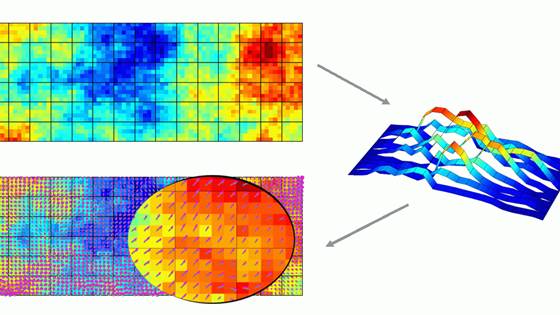
Modern methods for 3D geological modelling and reservoir characterization are leading industry to routinely build very large and detailed reservoir models; grid models of the subsurface geology currently range in size from 10 to 100 million cells and...